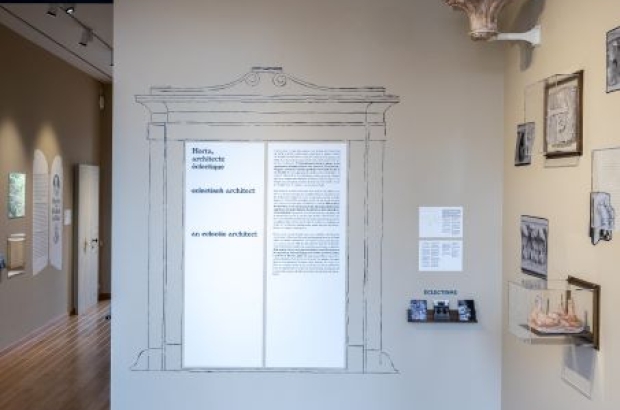- Daily & Weekly newsletters
- Buy & download The Bulletin
- Comment on our articles
Victor Horta: ‘Not an Art Nouveau architect?’ questions new exhibition
Victor Horta (1861-1947), the so-called father of Art Nouveau in Belgium, never described himself as an Art Nouveau architect.
Defining his architecture as ‘modern Gothic’, he wanted to be remembered as modern with Japanese and Classical influences. Many art historians now question if his style was more eclectic – combining different architectural influences.
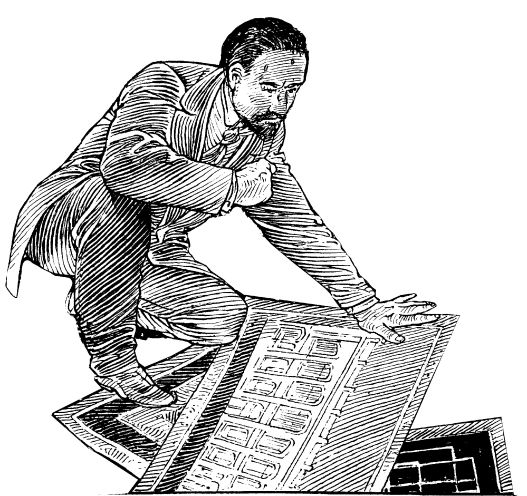
That is one theme of the Horta Museum’s informative new exhibition Victor Horta versus Art Nouveau: Horta’s vocabulary. It’s on show – with free admission – until 8 January, with Bozar hosting a sister exhibition Horta: The Grammar of Art Nouveau in October.
“The aim of this exhibition is to present Horta in a different light,” explained exhibition curator Benjamin Zurstrassen at its preview.“ For Zurstrassen, style-related themes and preconceived images applied to this architect should be forgotten, because: “Art Nouveau, although a useful label, can sometimes be reductive.”
Zurstrassen emphasised that the exhibition, sponsored by Banque Delen and Fonds Baillet Latour, with François Schuiten as a guest artist (drawing of Horta above), shows how Horta’s architecture comes ‘full circle’ from Classicism to Art Nouveau and back to Classicism. “His journey clearly forms a loop and his artistic vocabulary is always adapted to its era.”
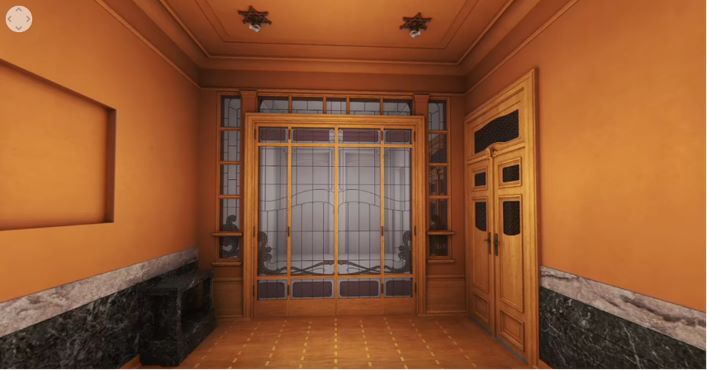
Horta’s work started with the ‘traditional’ classic (or Neoclassical) Temple of Human Passions (containing the controversial Jeff Lambeaux mural) at Cinquantenaire park. He then created Art Nouveau buildings like Hôtel Tassel (1893), Hôtel Solvay (1895-1903) and the former Magasins Waucquez (1903-1906), before reverting to the ‘modern Classicism’ of the Palais des Beaux Arts (now Bozar) that opened in 1929.
Horta remodelled Bozar’s layout to achieve “a more orthogonal and rigorous vocabulary” – a “return to order” – showing his adaptation to the era and new materials, said Zurstrassen. But Horta was disappointed when his (1923-1928) Chamber Music Room’s design changed: “He wanted exposed reinforced concrete, but the arts centre’s developers insisted that two decorators should colour the room in yellow and silver shades and include fabric and precious wood in Art Deco style.”
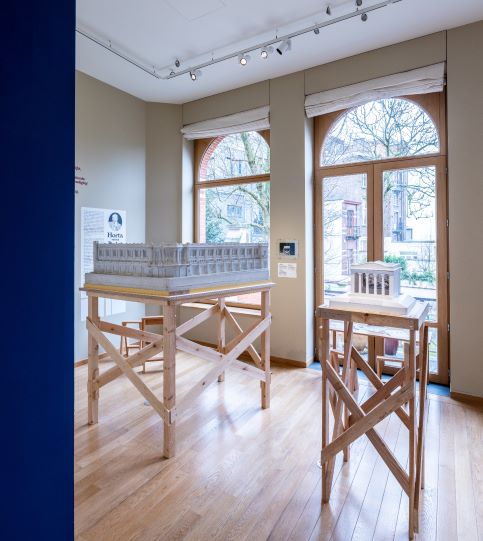
In 1919, Horta refurbished and restored his second home and atelier, 136 Avenue Louise, also in a ‘modern classical’ style. However, just a year before his death, in 1946, this house was destroyed, and in the 1980s, the Chamber Music Room was permanently disfigured. The museum shows 3D reproductions of these former creations by the Laboratoire Alice at Ixelles’ La Cambre-Horta art/architecture school.
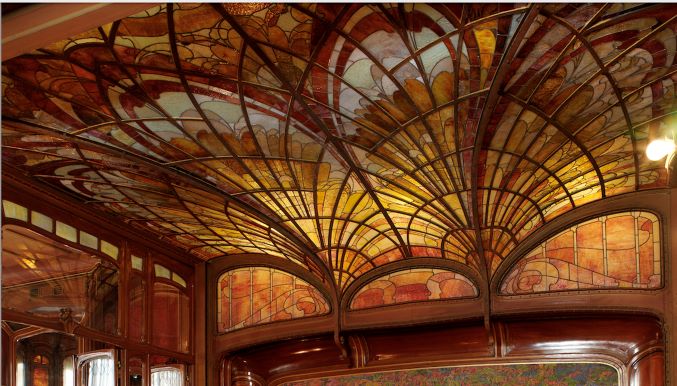
Influences
The unique show examines how Horta was influenced by his mentors, Alphonse Balat (1818-1895) and Eugène Viollet-le-Duc (1814-1879).
“What I owe, I owe to Balat (portrait below), the purest (and most original) of the classicists,” Horta wrote in his will about the Belgian architect who defined his work as, “simplify, simplify some more, keep on simplifying and when you have simplified everything, you will still not have simplified enough.”
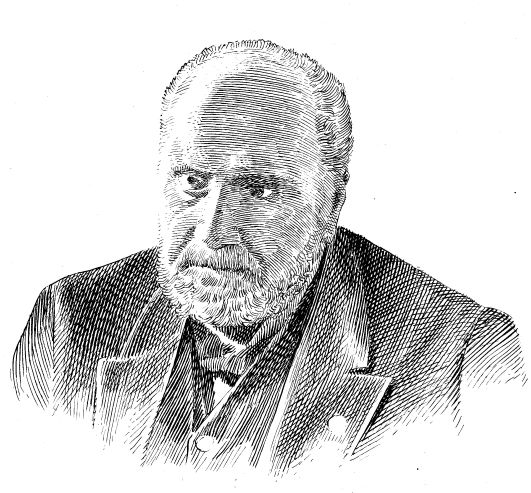
Horta was impressed by Viollet-le-Duc’s house layouts, construction techniques, use of ironwork and attraction to Japan and the natural world. He also appreciated his practicality: “It is more important for door handles to be comfortable to hold than to be beautiful,” Viollet-le-Duc said.
The exhibition also showcases Horta’s chairs: he was the first architect to design furniture. On show are a range of styles and materials: Japanese, ‘butterfly’, plain and sumptuous wood, velvet and silk models commissioned for the Château de la Hulpe and Hôtel Solvay.
Other inspirations for Horta were travels to Egypt and Greece and the 18th century period. Ten plaster models never seen before are on show. In addition, it’s demonstrated how Horta appreciated the Opera Garnier in Paris and the Palais de Justice in Brussels.
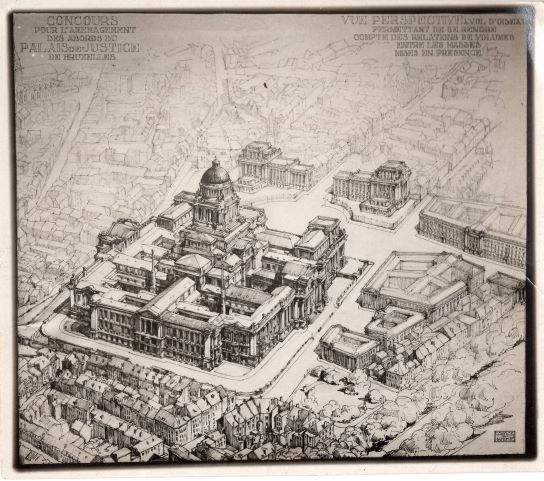
Horta’s attraction to the latter was a big reveal. Far from holding this gargantuan Brussels icon in disdain, Horta greatly admired creator Joseph Poelaert (1817-1879). In 1892, he presented a design for the entrance door and when entering a competition to develop Place Poelaert, his plans comprised two Poelaert-style buildings (pictured above).
Finally, the exhibition examines the role of Horta’s first wife, drawing teacher Pauline Heyse (1860-1950) in his work. Described by Belgian poet and art historian Lucien Solvay as, “unlike Horta, highly educated, resourceful and intelligent, very knowledgeable and had good taste,” Heyse’s jealousy of Horta’s success led to their divorce.
This is just one of the little-known elements of the life and work of Horta, the pioneering architect and designer who continues to define Brussels’ architectural heritage.
Victor Horta versus Art Nouveau: Horta’s vocabulary
Horta Museum
Until 8 January 2024
Rue Américaine 27
Saint-Gilles
Photos: (main image) Horta Museum ©vincent-everarts ©Horta Museum; Portrait de Victor Horta ©Francois Schuiten; Florian Thiry, proposition de restitution de la salle à manger du 136 Avenue Louise reamenagée par Victor Horta ©Laboratoire Alice; Victor Horta lanterneau de-l'Hotel Solvay 1895 ©bastin-et-evrad; Portrait d'Alphonse Balat ©Francois Schuiten; Victor Horta, projet grandeur e -harmonie pour l'amenagement de l'actuelle Place Poelaert circa1927












